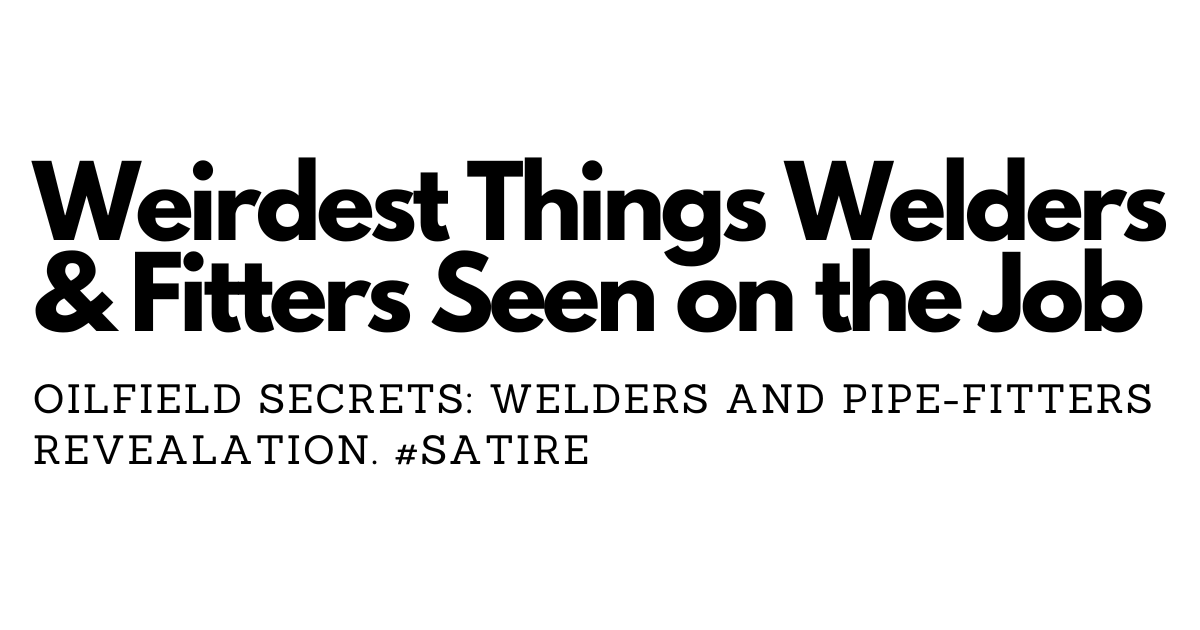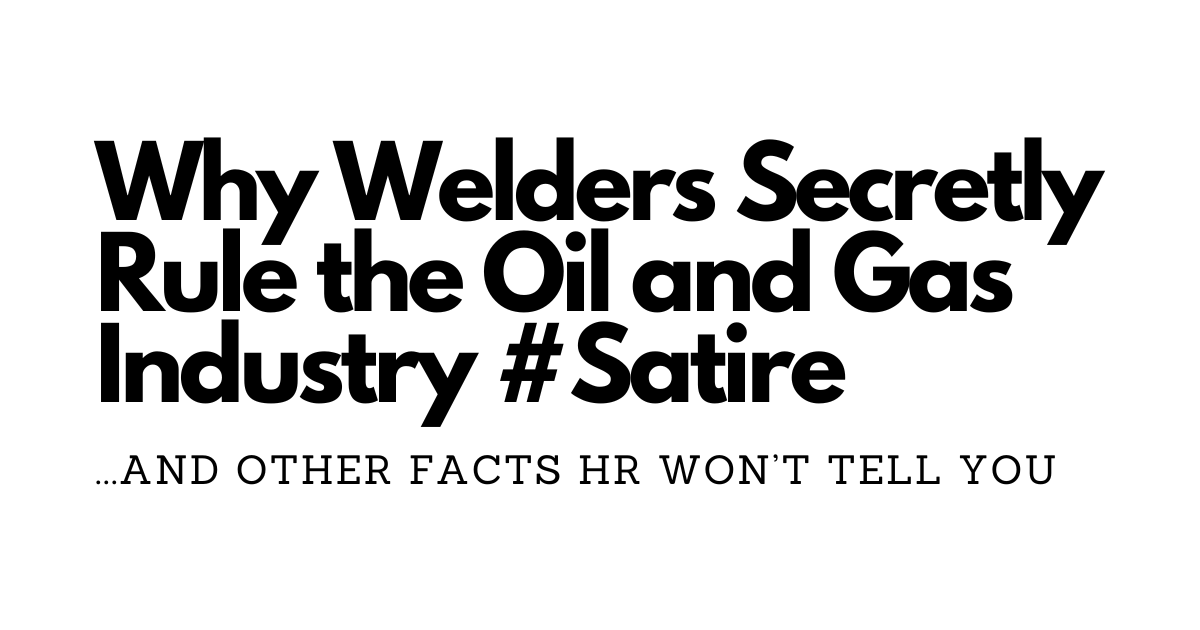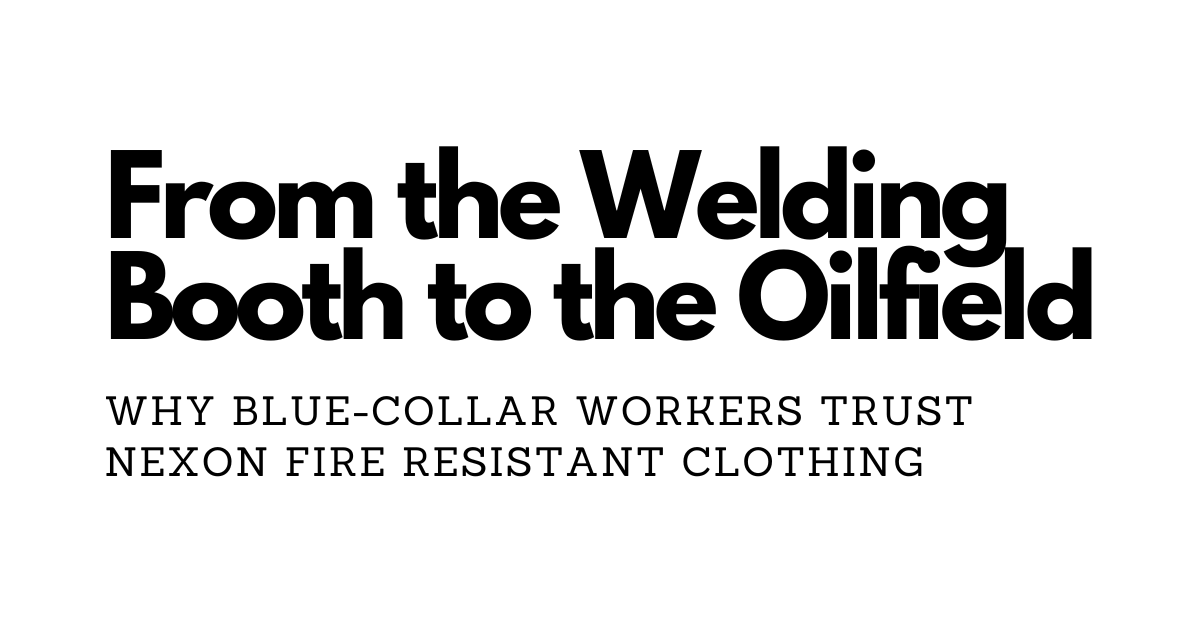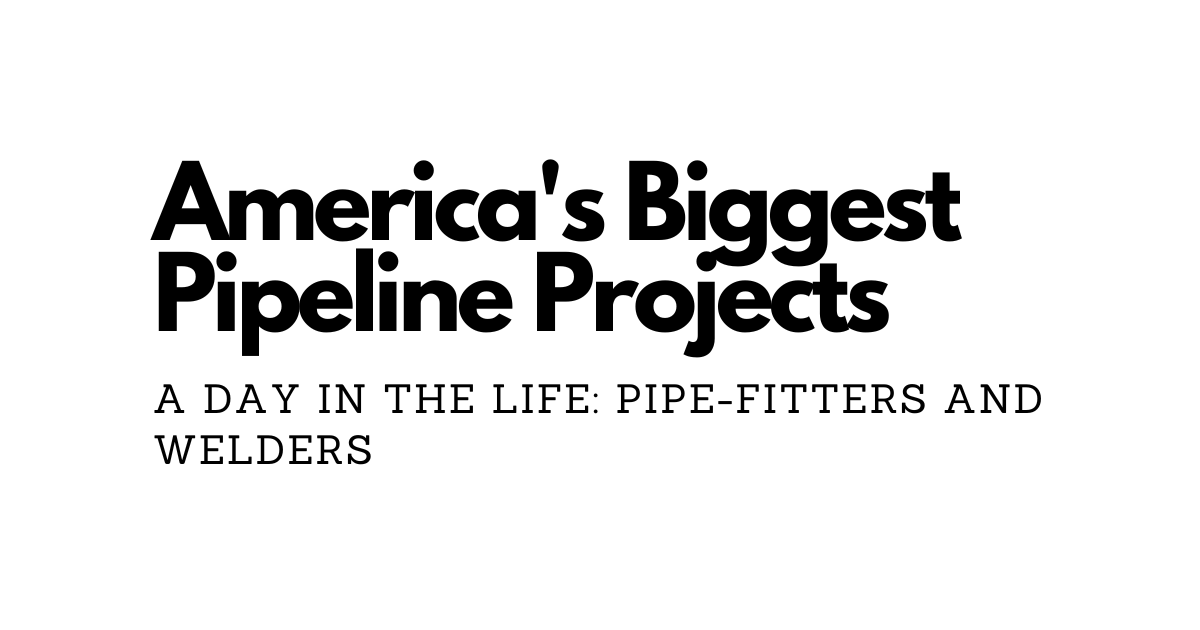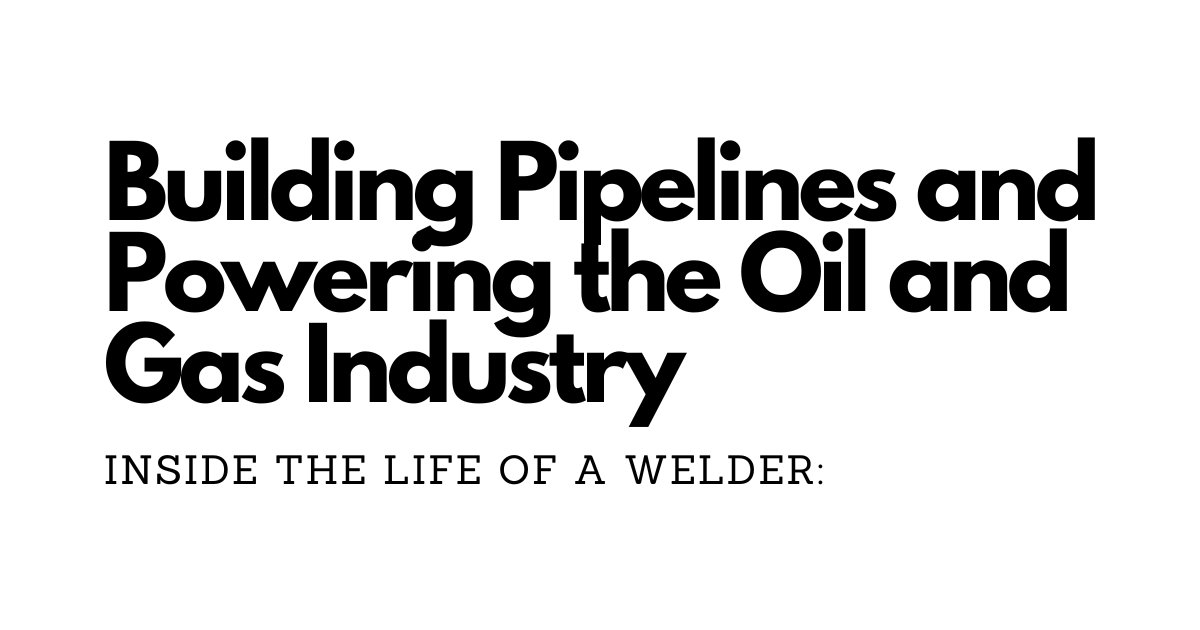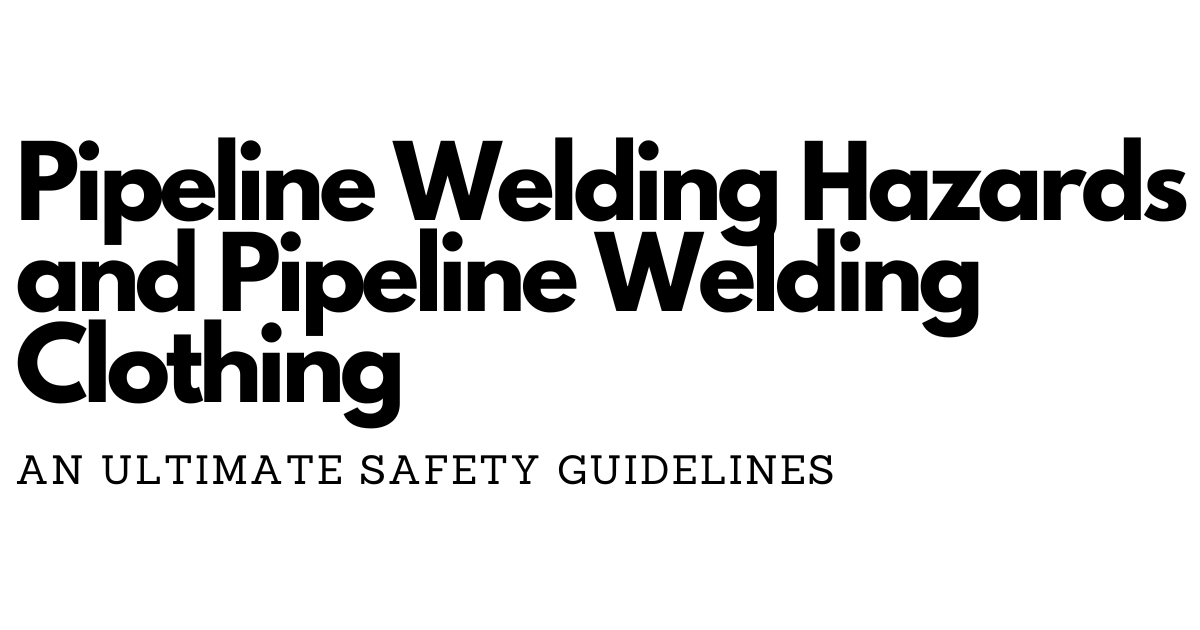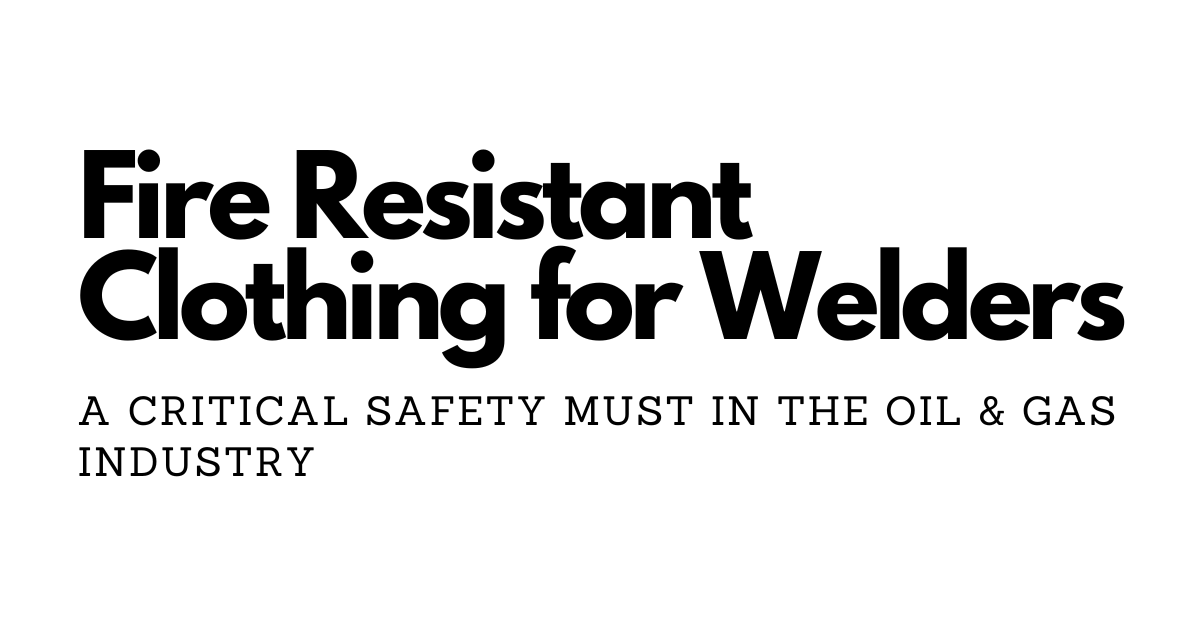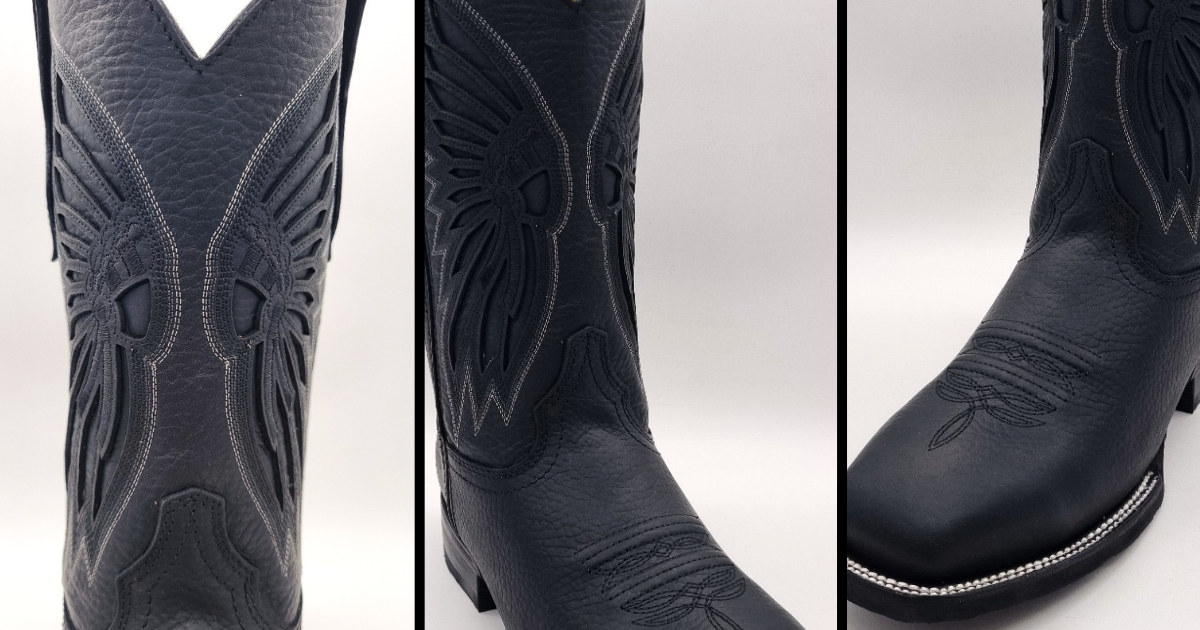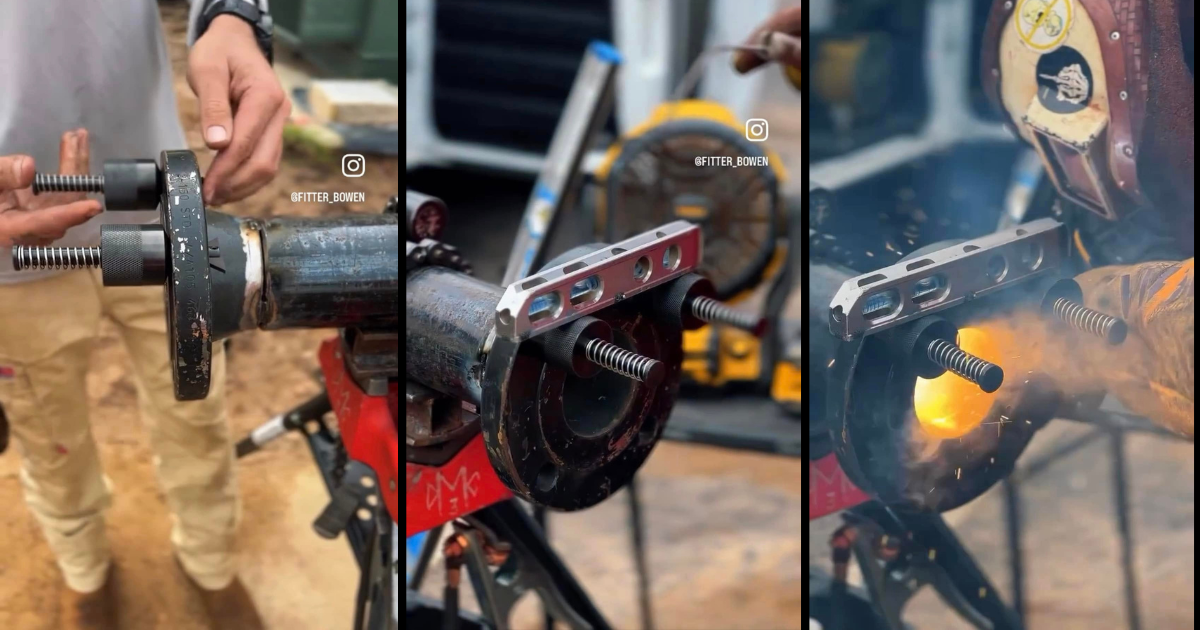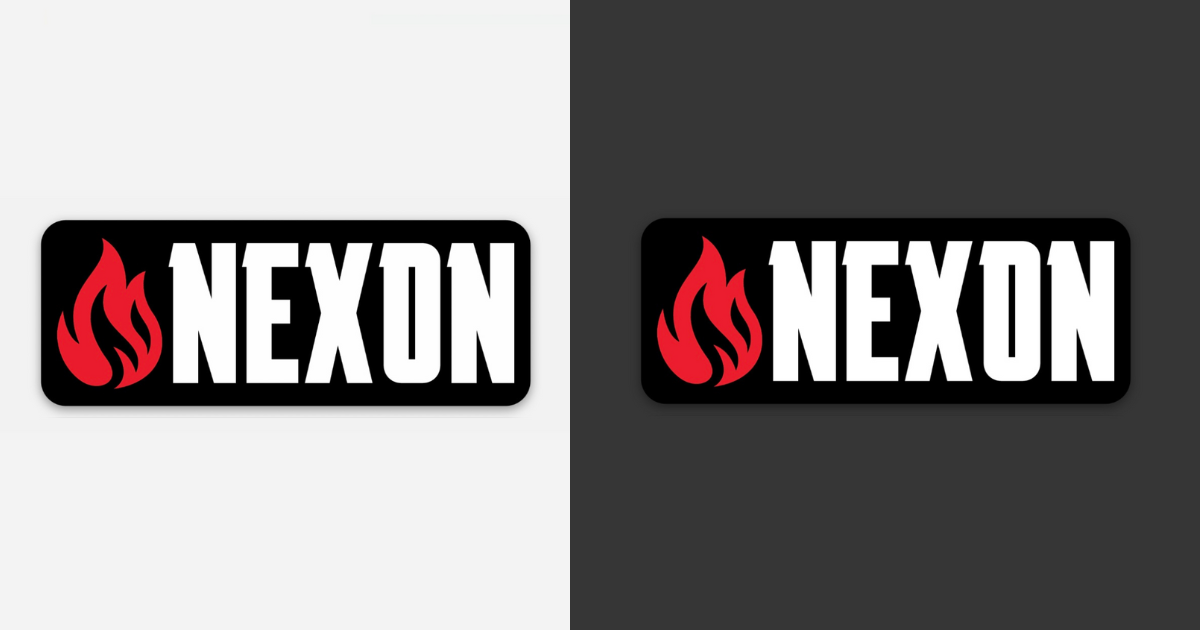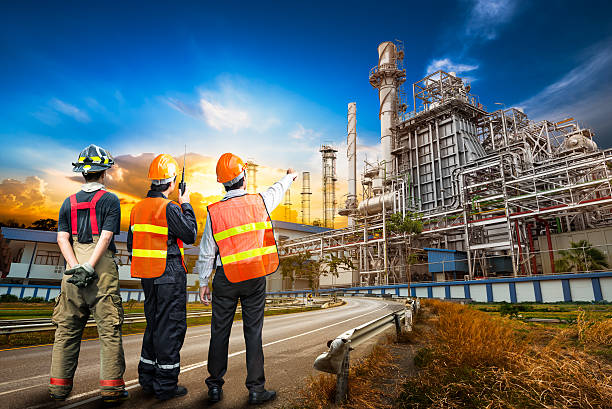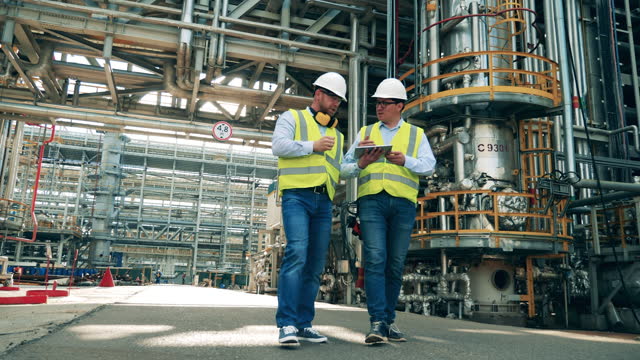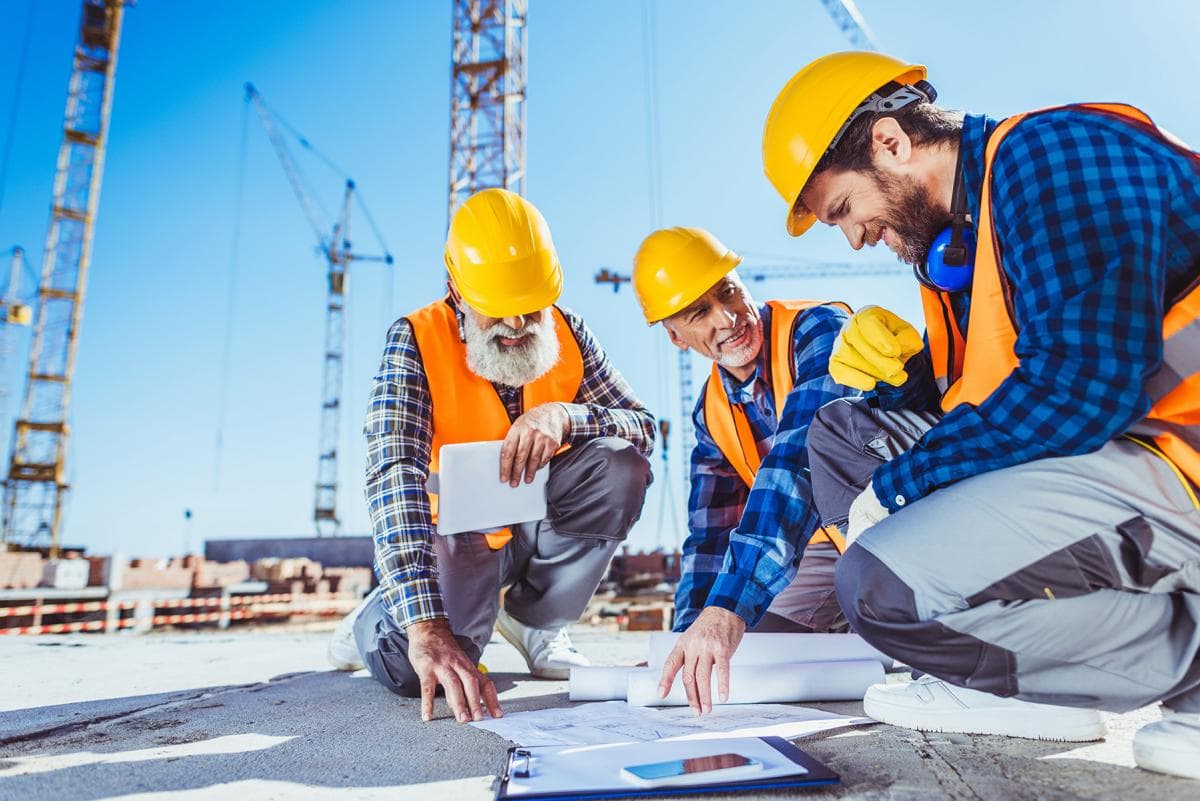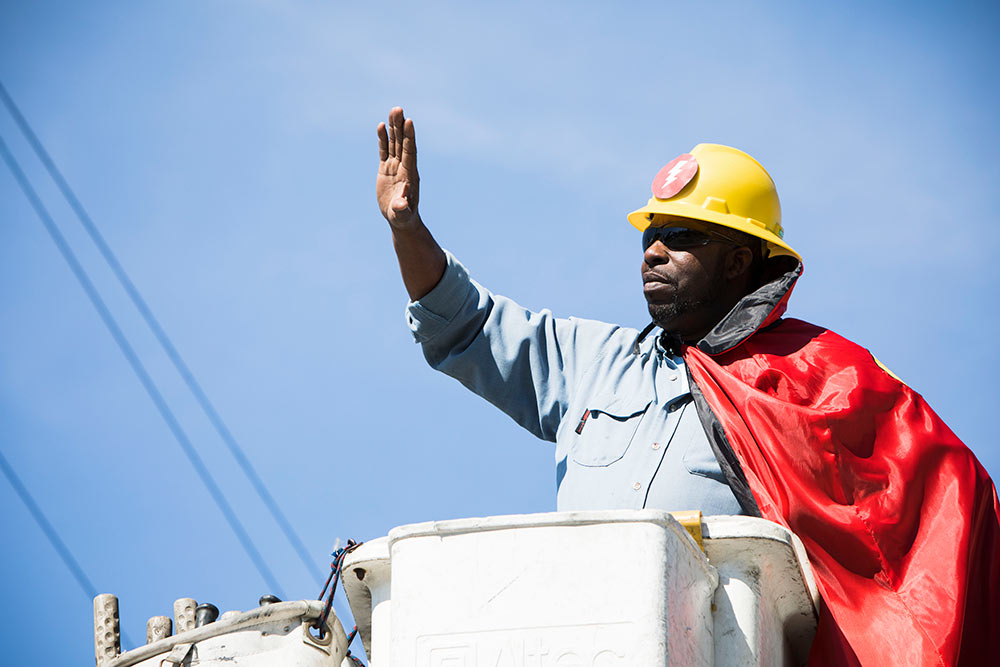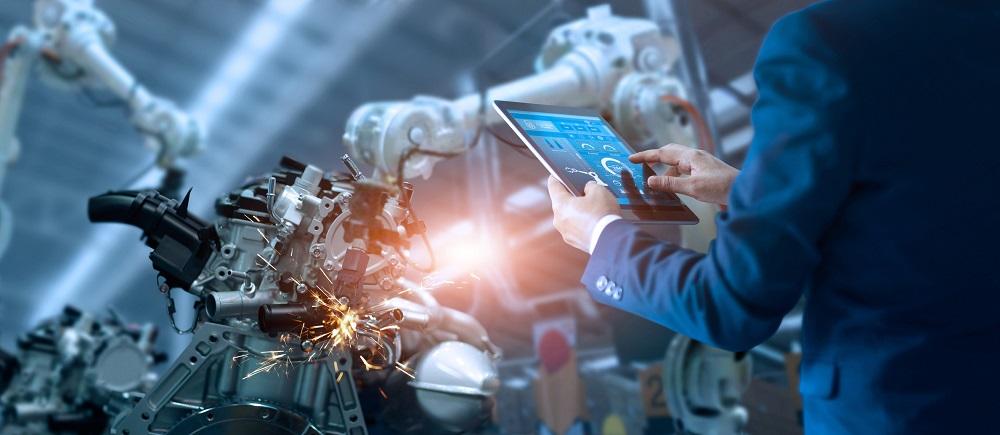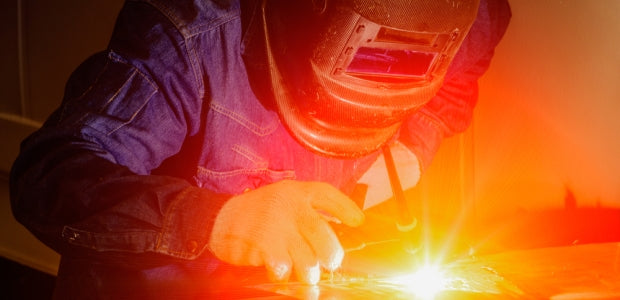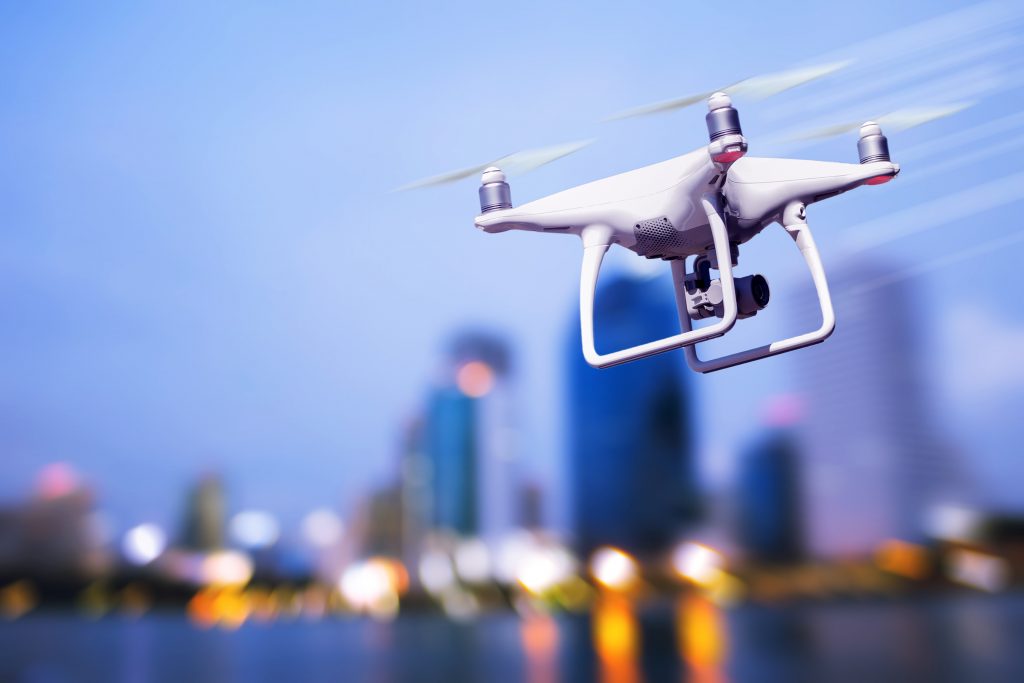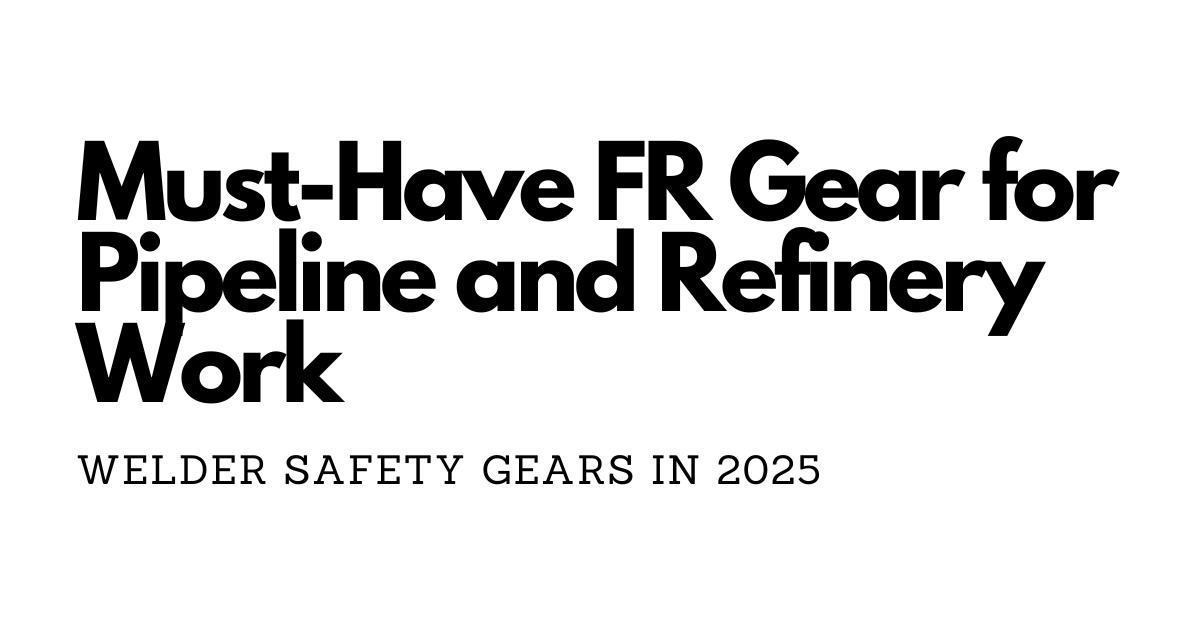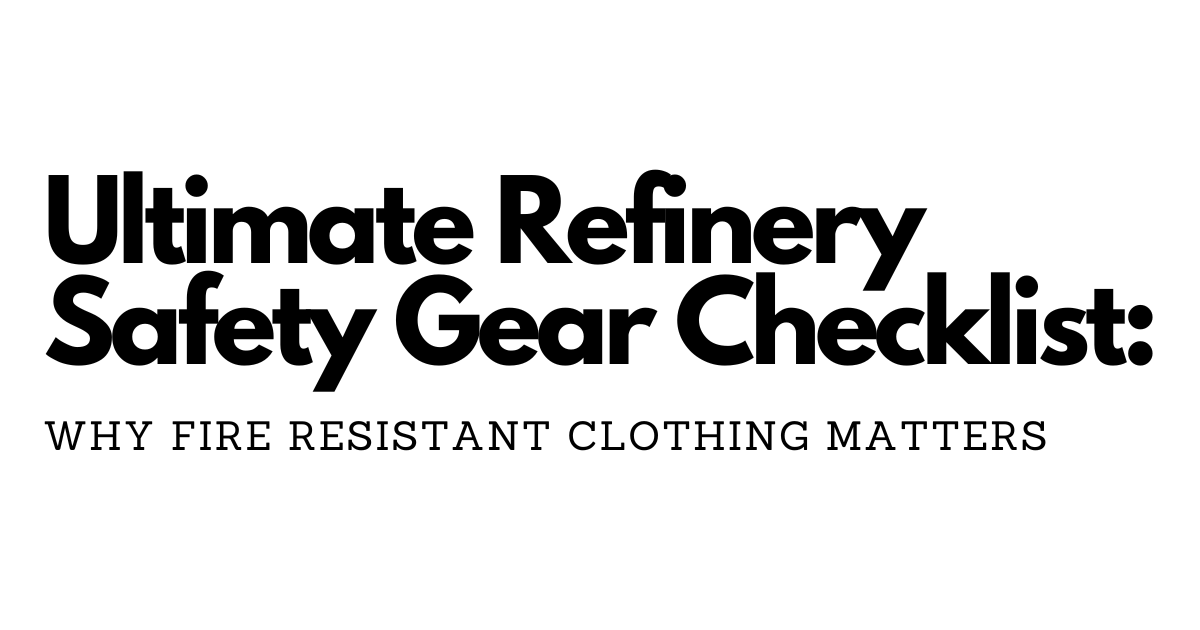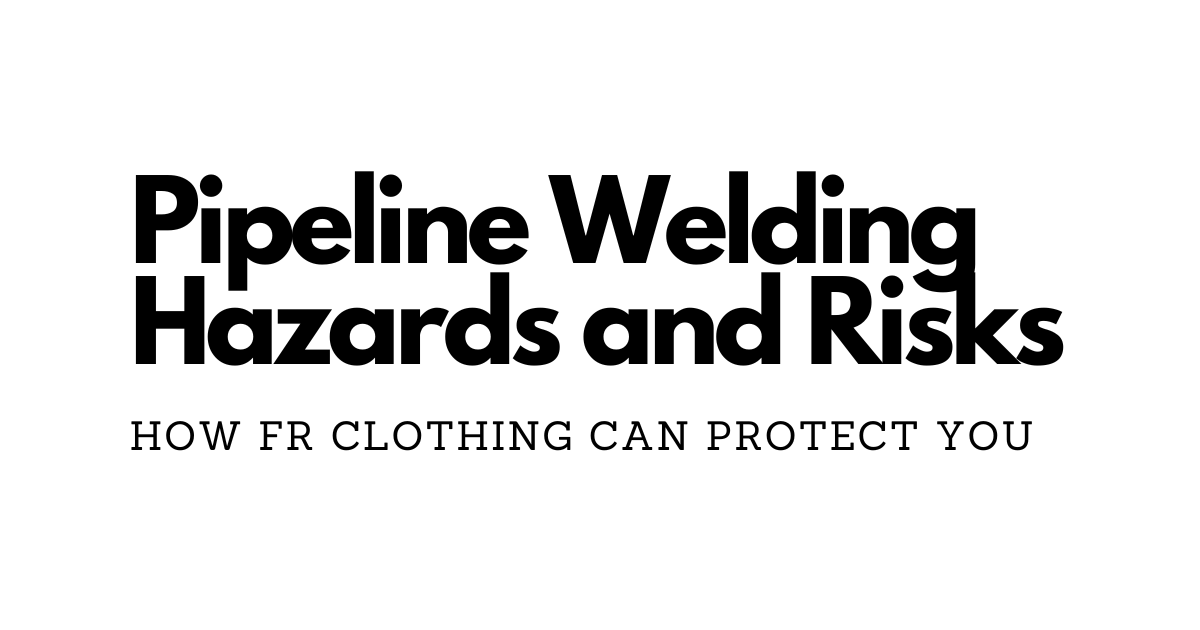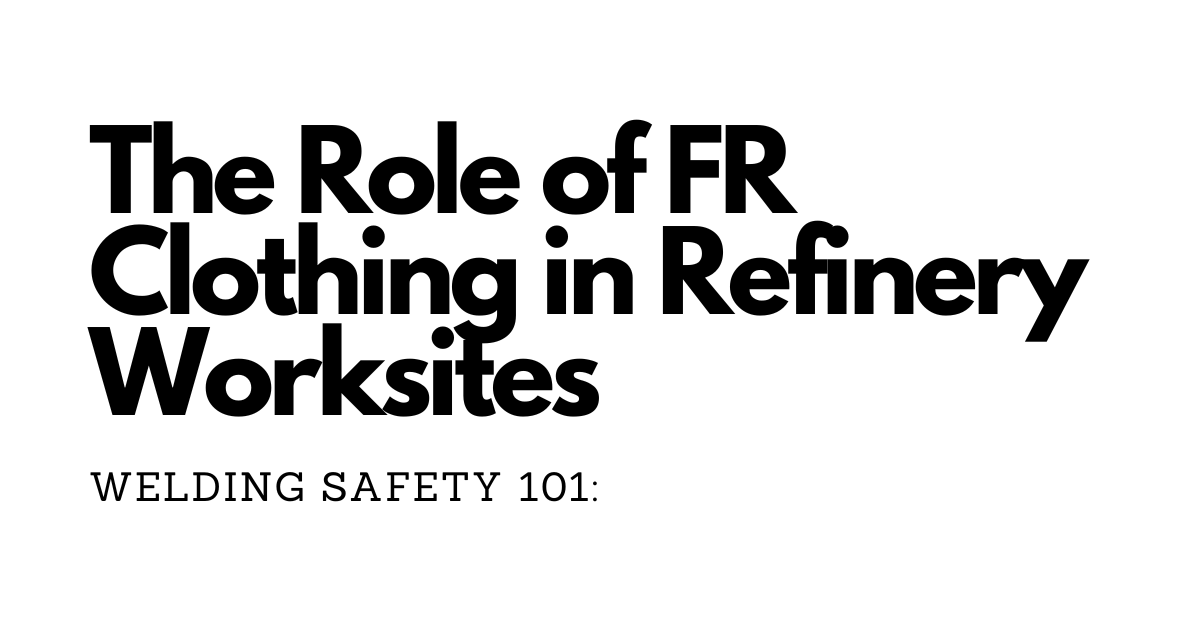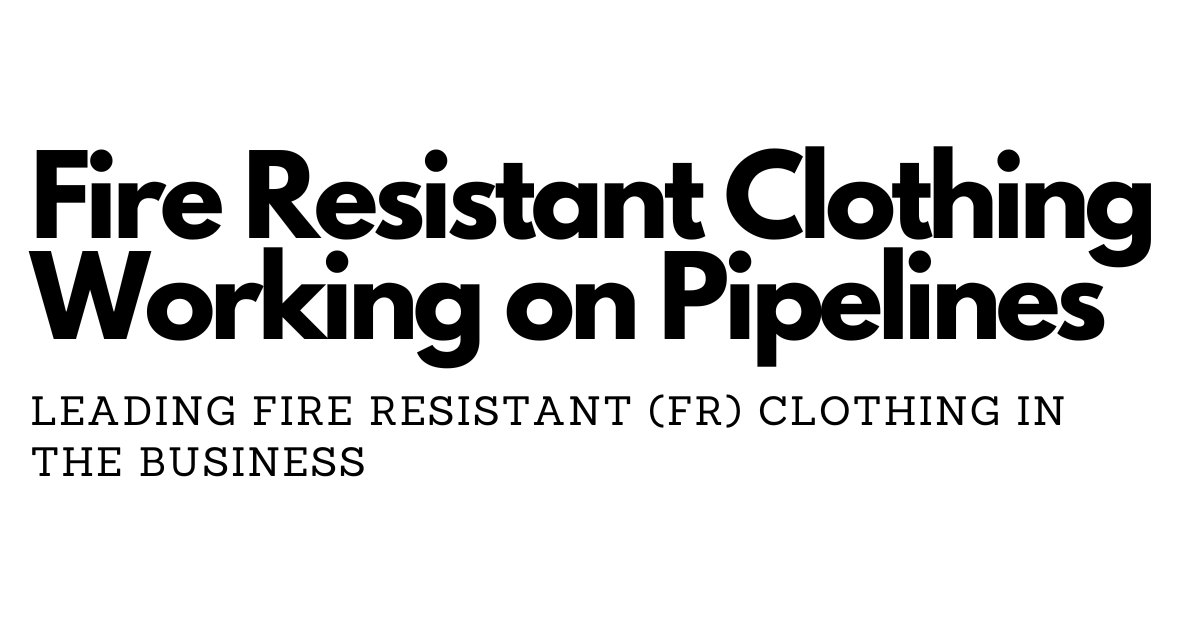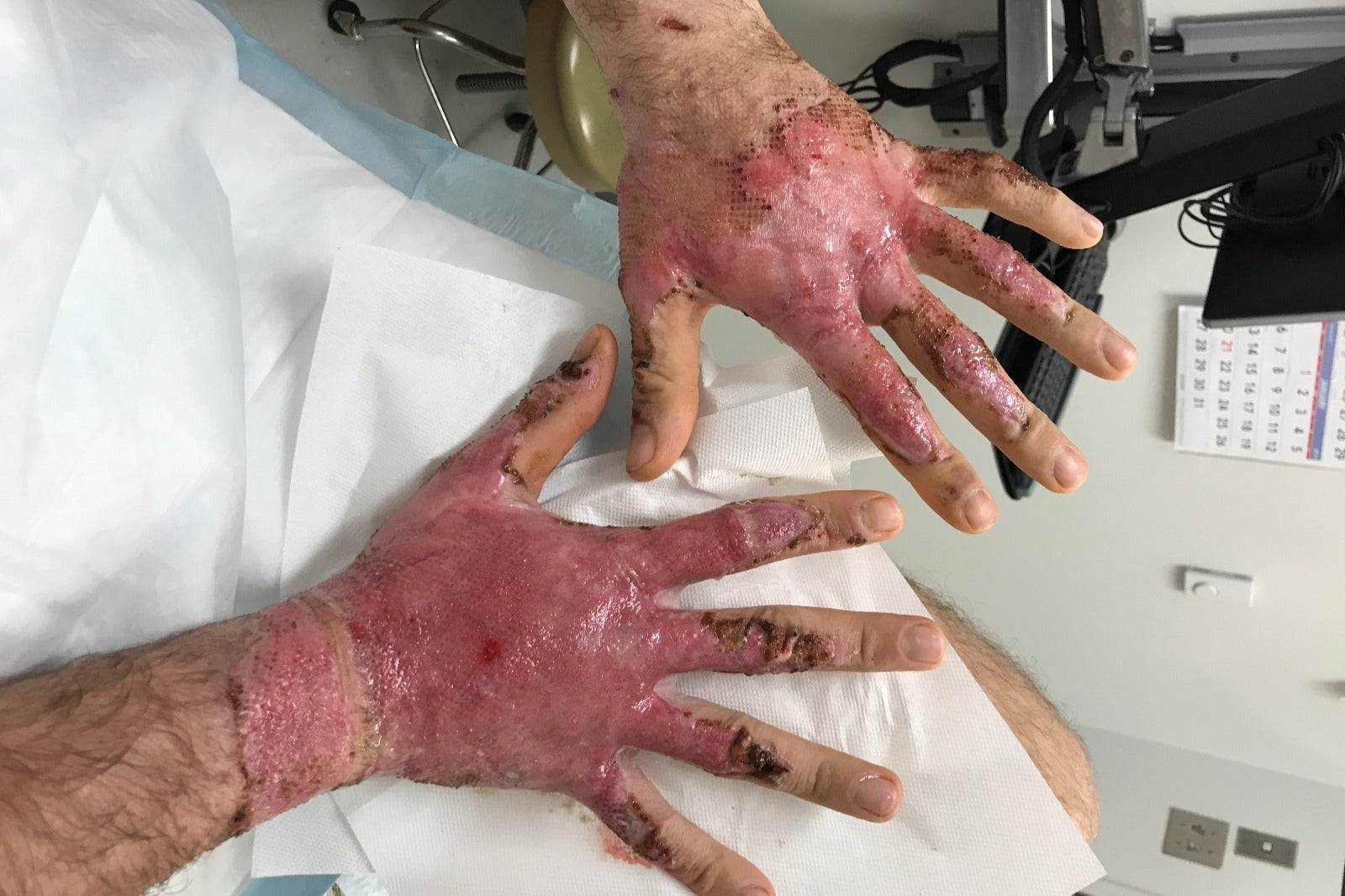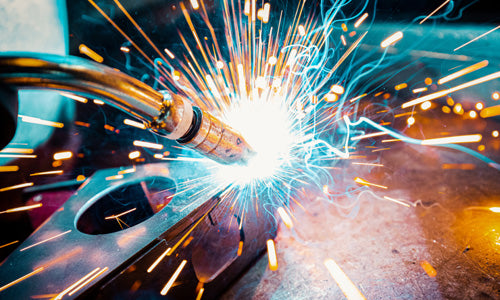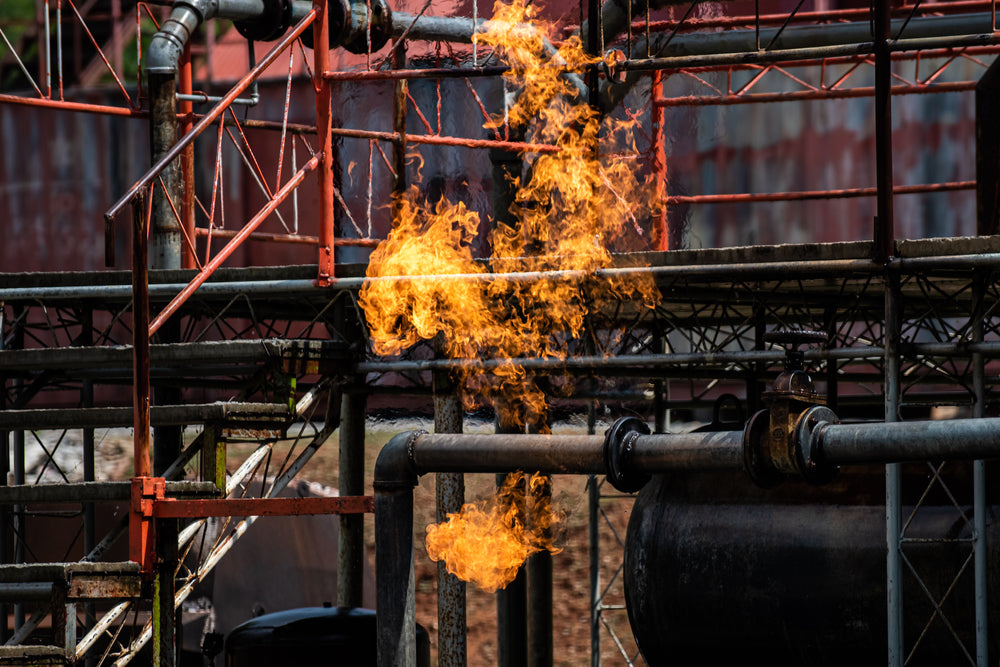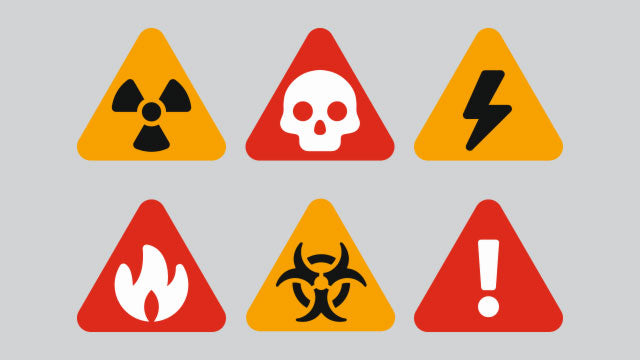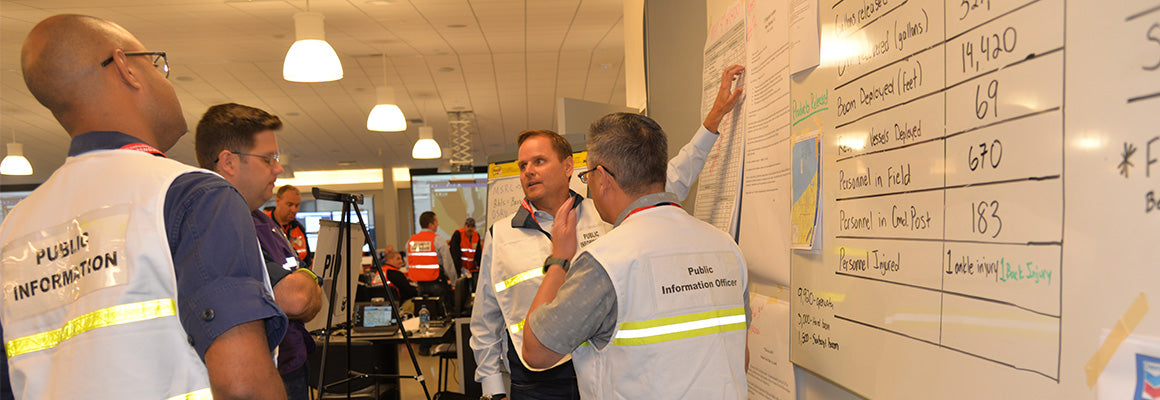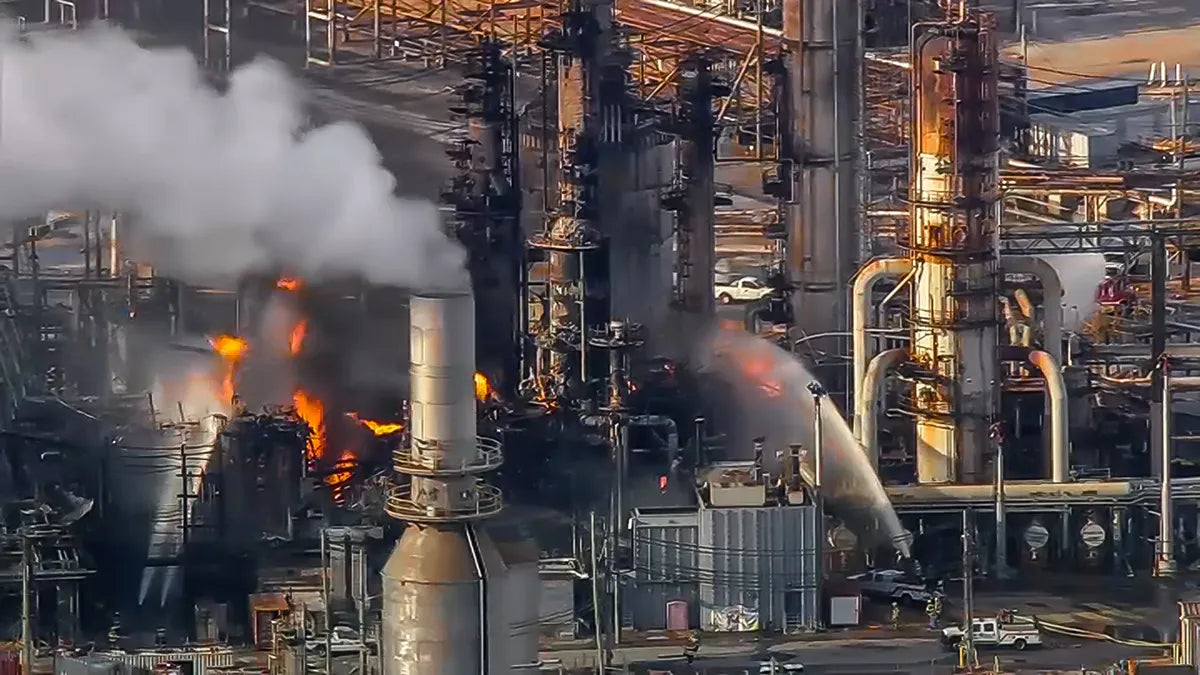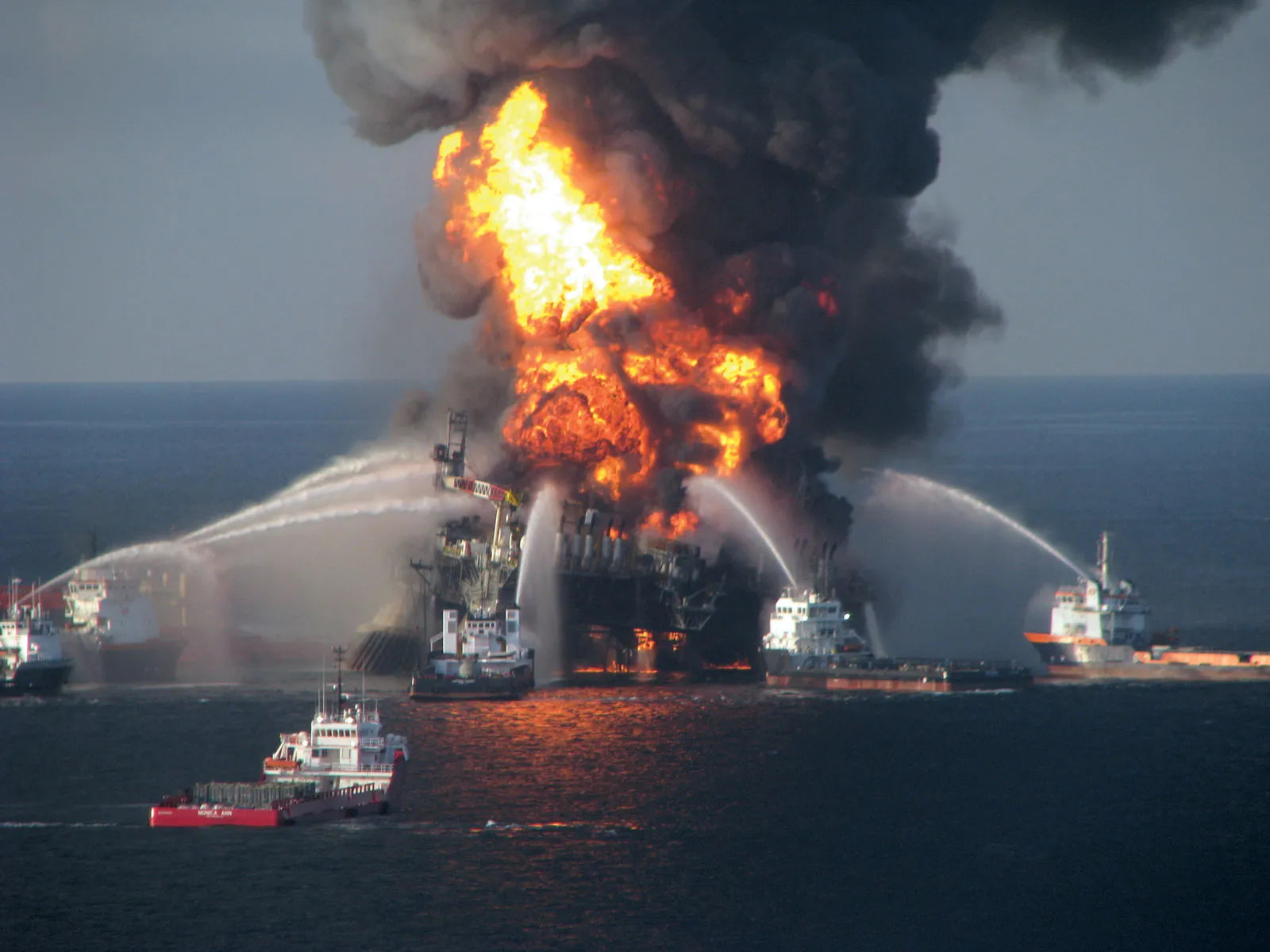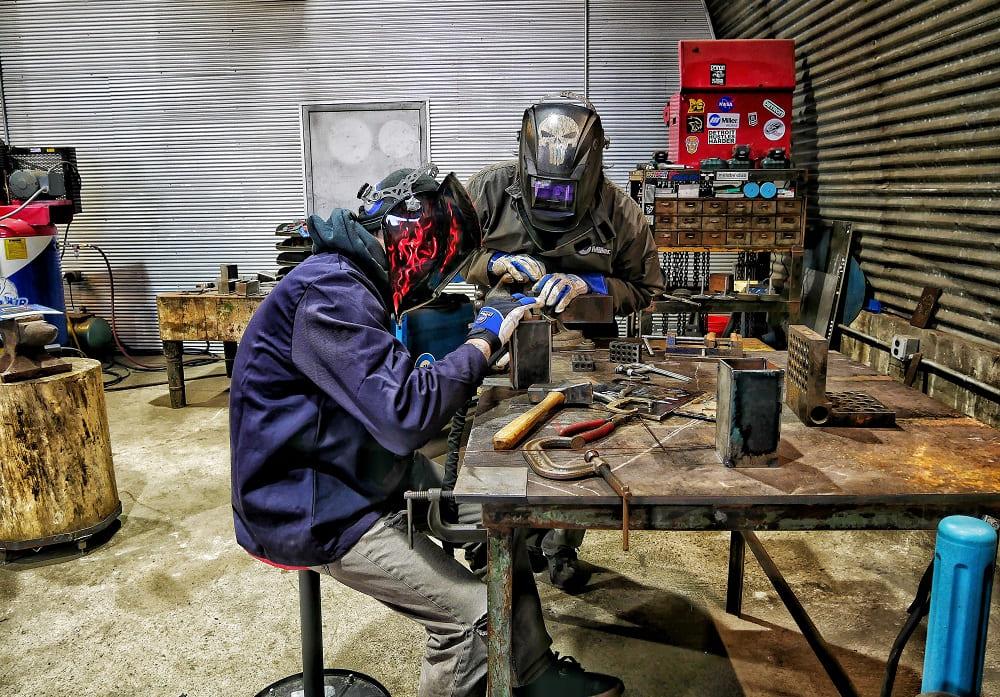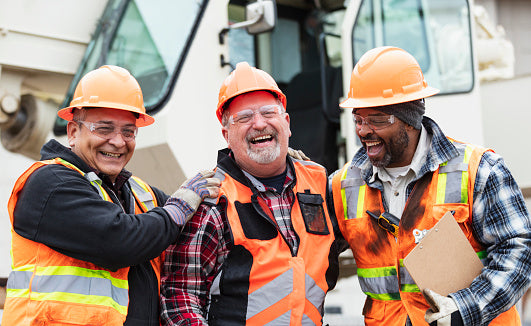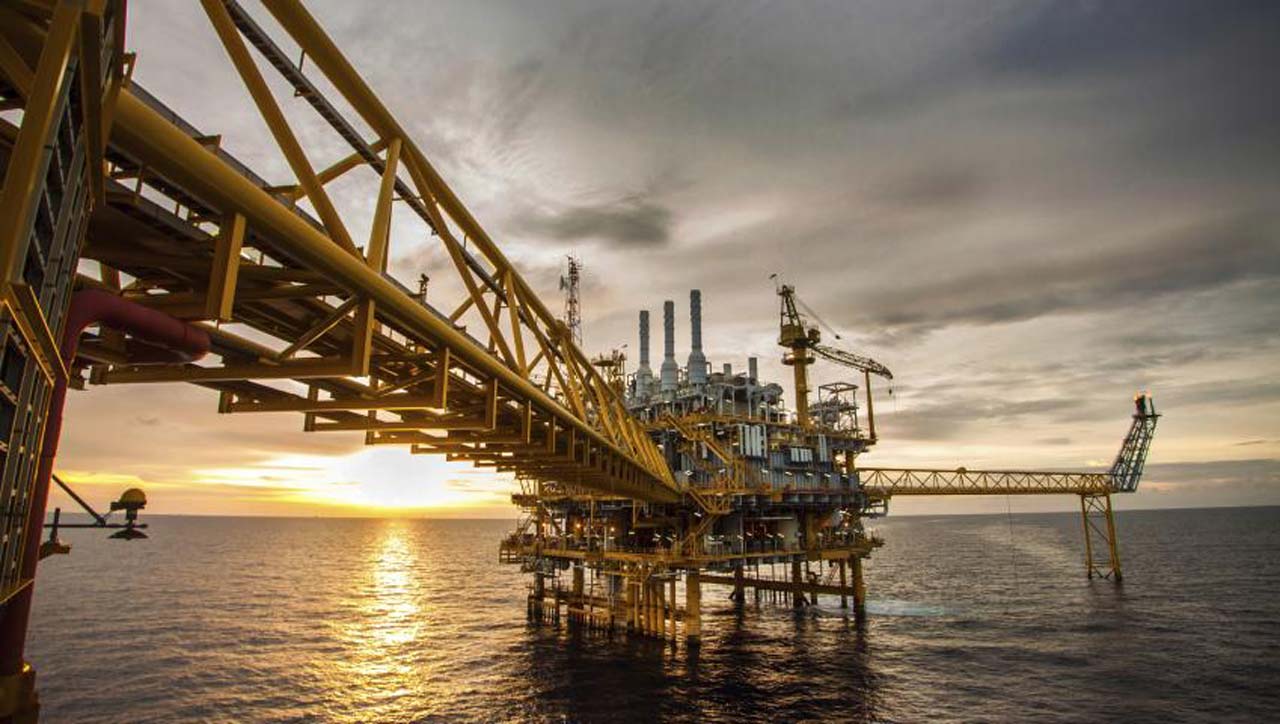

When it comes to FR clothing, the rule of thumb is that a looser fit offers more protection. When a garment is looser, there is an added layer of air between you and the garment, providing extra insulation against the heat or flames that you may encounter while wearing the clothing. If you wear skintight flame-resistant garments, the flames will be almost directly up against your skin. Even with the clothing as a protective layer, it’s safer to allow this air cushion between your skin and the fabric.
However, you should not take this as an invitation to buy the baggiest and loosest-fitting clothing you can find. While this might initially seem like a good idea, it could very likely lead to disaster. It’s important to remember baggy clothing can easily snag on surrounding objects and hazards, trapping you and leaving you immobile, or ripping and leaving you vulnerable to environmental hazards.
To measure correctly for a proper fit is best done in person. If you’re unable to do so, we have created a guideline on how to properly measure your size. Use the information below as a guide to determining your size:
- Neck: Select a collared shirt that fits you well. Lay the collar flat and measure from the far end of the button hole to the button. Round up to the nearest _” for your neck measurement.
- Sleeve Length: Bend your elbow 90 degrees and place your hand on your hip. Hold the tape at the center back of your neck. Measure across your shoulder to your elbow, and down to your wrist bone. The total length in inches is your sleeve length.
- Chest: Measure just under arms and across shoulder blades at the widest part of the chest. Be sure the tape measure is parallel to the floor. If waist is greater than chest measurement, use waist measurement.
- Waist: At your natural waistline, measure where your pants would normally ride. For an accurate measurement, do not measure over other clothing.
- Inseam: Measure a pair of pants with a good fit in length. Lay the pants flat and measure along the inseam from the crotch to the bottom of the leg hem.
Wear clothing which is not too tight for you or too loose. Keep a place in your clothing only to pass air to your undergarments. This layer of air insulates you and protects you from deadly hazards. Overly baggy clothing can be as dangerous.
Nexon FR Shirts are designed to be a bit bigger and runs larger than normal as to allow clearance from the garment to your skin. And thus avoid direct burn when arc flash happens. Nexon FR Shirts are also equipped with snap buttons. Gives you the capability to quickly remove the garment in seconds. Also, our garments are double stitch not only on the most stressed areas but all throughout to give you the durability you need. Fitment is everything when it comes to doing your job more efficiently, comfortably and most importantly, safely.
